The Case for Compulsion in K-9 Training and Deployment

Foreword by Ed Frawley
I met Kevin Sheldahl in 1984 at a police K-9 school in Kansas. We have been good friends ever since. Kevin is a retired police K-9 handler. He became a K-9 Instructor and an International Police Dog Judge. Kevin's company K-9 Services runs 6-week police K-9 courses in which police officers learn how to become new K-9 handlers. To date, he has run 70 6-week courses and trained over 1,200 K-9 handlers. I don't know of another dog trainer that has Kevin's experience and knowledge of police service dogs training.
As often comes along, the discussion about the use of positive reinforcement training only in the working dog community rages. Interestingly, I find that among LE instructors we are pretty damned good at teaching dogs new behaviors such as detection and tracking, and bite work. It is part and parcel of the LE K-9 instructors trade. Today, trying to use any form of force to get a dog to track, do detection, or to bite is pretty much taboo. This should make the purely positive crowd happy.
But, I am not aware of any legitimate police canine instructors who do not use compulsion. Fact is it is unthinkable. Why?
First lets define compulsion. It is the use of two tools in the instrumental learning model. Negative Reinforcement (also called enforcement, or escape and avoidance) and Positive Punishment (a correction for ill behavior, distractions, or defiance).
So to set the stage: in LE K-9 training we seek out dogs, usually 12-36 months old, that have been reared for either resale into the working community or for sporting events modeled loosely after police dog skills, such as IGP, Ring Sport, KNPV, etc. The development of these dogs has two components. One is selective breeding for an abundance of certain traits: the desire to chase, the desire to grasp and vanquish artificial prey items, the desire to do combat, and the desire to defend pack and self from a perceived threat. Now, we could expand on these traits but this will do for this discussion.
What does this mean in regards to training? We select dogs that perform related behaviors because the dogs feel good doing them: self-rewarding behaviors. We facilitate this in the way we rear these candidates, we encourage these behaviors above all else. The result? they act on these inate feelings as a self rewarding activity. Don't believe me? How often does a house dog desire to chase a rabbit? When it does, it rarely if ever catches the rabbit but does the behavior fade over time? No, if you don't interfere it becomes stronger and stronger, regardless of whether the rabbit is captured. Add a few capture/kills and look out!
Here is the conundrum, what do we do to control or modify such behavior?? What do you have in your pocket that is more interesting than the chase?? Bet you cannot find a high value treat to divert the behavior!
Oh, I know. People can spend months and years organizing the dog's environment and preventing behaviors and actually use +R and -P to get this done. It is theoretically possible and practically prohibitive.
Let me set the stage for those non-believers. The working dog handler, whether the do law enforcement, search and rescue, military service, or contract work has ZERO control over the environment they work and limited control over the training areas they use. For those who are hobby trainers, think about this: you cannot choose whether or not to train or test your dog in any given location/environment.
To overcome the dogs' desires to self reward in an operational environment it is not only RIGHT but MORALLY correct to use escape and avoidance and positive punishment to change the dogs' behaviors!
I have read +R trainers saying that the human administering compulsion is being rewarded. The between the lines interpretation of such statements is that the trainer using compulsion is sadistic. You are a bad human if you do such things!!!! Bullshit! In the context of working K-9 teams it is a ethical issue. The ethics of public service and public safety and efficacy in a ever changing world where no two deployments are the same demand reliability and control. To attain this in a practical and efficient manner we MUST apply both -R and +P in our training.
If you are a hobbyist, or casual dog enthusiast you can ignore this and do what you like. But if you are a professional, you cannot.




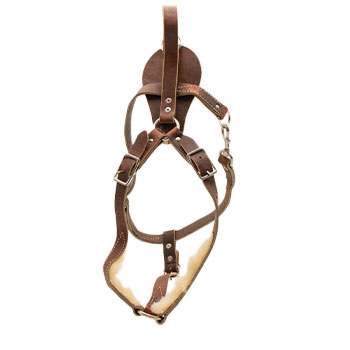
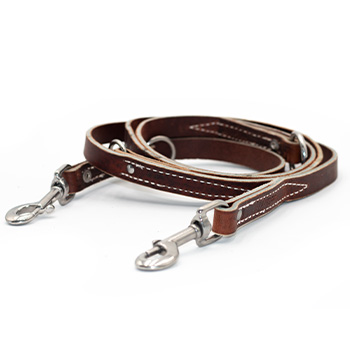
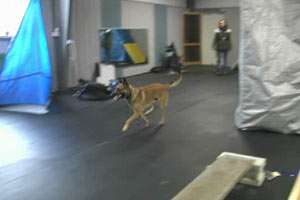
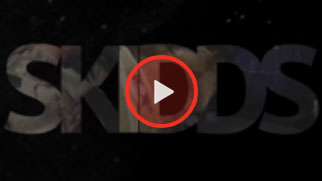
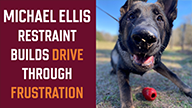
Ask Cindy.